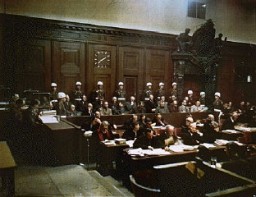You searched for: 黑5类谷歌推广【TG飞机:@bapingseo】保加利亚google竞价【TG电报:@bapingseo】外貿站推廣【Telegram:@bapingseo】彩库宝典旧版本1.0.2分析买球的软件金秋下载地址?8iYLEQ/512754.html
<< Previous | Displaying results 251-275 of 431 for "黑5类谷歌推广【TG飞机:@bapingseo】保加利亚google竞价【TG电报:@bapingseo】外貿站推廣【Telegram:@bapingseo】彩库宝典旧版本1.0.2分析买球的软件金秋下载地址?8iYLEQ/512754.html" | Next >>
-
Reichstag Fire Decree
ArticleThe Reichstag Fire Decree of February 1933 restricted individual freedoms, and allowed Hitler's government to overrule state and local laws and overthrow state and local governments.

-
Josef Nassy
ArticleA Black expatriate artist living in Belgium upon the outbreak of WWII, Josef Nassy was held in German internment camps during the war. Learn about his experiences.
-
Mohamed Helmy
ArticleDr. Mohamed Helmy and Frieda Szturmann helped save a Jewish family in the heart of Nazi Germany. Helmy was the first Arab recognized as Righteous Among the Nations.

-
Janusz Korczak
ArticleJanusz Korczak ran a Jewish orphanage in Warsaw. He and his staff stayed with the children even as German authorities deported them to their deaths at Treblinka in 1942.
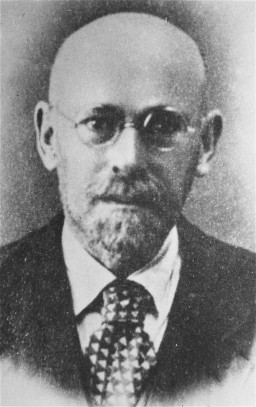
-
Anne Frank Born
Timeline EventJune 12, 1929. On this date, future diarist Anne Frank was born to Otto and Edith Frank. She would become a symbol for the children who died in the Holocaust.

-
German Jews' Passports Declared Invalid
Timeline EventOctober 5, 1938. On this date, the Reich Ministry of the Interior invalidated all German Jews' passports and required them to have a "J" stamped on them.

-
Chelmno
ArticleThe Chelmno killing center was the first stationary facility where poison gas was used for mass murder of Jews. Killing operations began there in December 1941.

-
Oradour-sur-Glane
ArticleIn 1944, Waffen-SS troops massacred residents of Oradour-sur-Glane, a small village in France. Learn about the German occupation and destruction of the village.
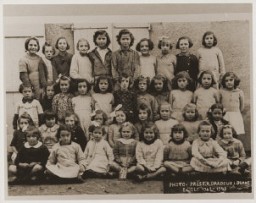
-
Mittelbau Main Camp: In Depth
ArticleLearn about conditions and forced labor in Dora-Mittelbau, the center of an extensive network of forced-labor camps for the production of V-2 missiles and other weapons.

-
Chaya Szabasson Rubinstein
ID CardIn 1930 Chaya married Mordecai Rubinstein, a businessman, and moved with him from her hometown of Kozienice to the nearby city of Radom. Chaya had been raised in a religious, Yiddish-speaking Jewish family, and her father owned a lumber mill near the Kozienice birch forest. In Radom, Chaya's husband operated a small bus line. 1933-39: Chaya gave birth to a daughter, Gila, in 1933. In the mid 1930s the Rubinsteins moved back to Kozienice. There, they were trapped when German troops invaded [Poland] in…
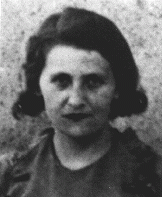
-
Rebecca Pissirilo
ID CardRebecca was the oldest of three children born to Ladino-speaking, Sephardic-Jewish parents. The Pissirilos lived in Kastoria, a small town in the mountainous region of Greek Macedonia near the Albanian border. Rebecca's father was a successful fabric merchant. The Pissirilo children attended public schools. 1933-39: After finishing elementary school, Rebecca went on to study at secondary school. She liked to sing and enjoyed studying. Rebecca kept a diary, like some of the other girls in her class. The…
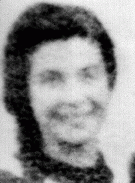
-
Beads used by a Dutch Jewish girl in hiding
ArtifactThese tiny black, white, gold, and clear glass beads were used by Rachel “Chelly” de Groot from November 1942 to April 1944 and recovered by her brother Louis after the war. Chelly used the beads to make handicrafts. On November 16, 1942, Chelly, then 15, Louis, 13, and their parents Meijer and Sophia left Arnhem and went into hiding after the Dutch police warned them of a raid. Meijer and Sophia hid in Amsterdam while Chelly and Louis moved around to different locations. In summer or fall 1943,…
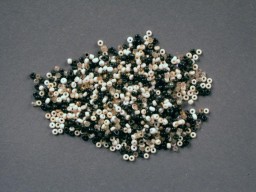
-
David Birnbaum
ID CardDavid, known as Dudek by his family and friends, came from Radom, a city with a large Jewish population. David's family was involved in Zionist activities, and David attended a Jewish religious school every afternoon after returning from public school. His father owned a distillery. 1933-39: The Germans invaded Poland on September 1, 1939, and Radom was occupied on September 8, 1939. The Germans were seizing Jewish men to work as slave laborers, and the Birnbaum family knew that they might spare those who…
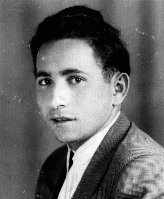
-
Leah Kohl Rapaport
ID CardLeah and her four brothers were raised in a religious Jewish family in the city of Lvov. After obtaining her high school diploma, Leah attended university for one year. In 1931 she married Joseph Rapaport, and the couple settled in Warsaw. 1933-39: The Rapaports lived in the suburbs, and Joseph worked as a banker. Their daughter Zofia was born in May 1933. Each year at the Jewish holiday of Passover, they returned to Lvov to visit Leah's parents. Two days after Joseph was mobilized for military duty in…

-
Max Krakauer
ID CardMax was the oldest of six children born to Jewish parents in the small Moravian town of Hodonin, where his father ran a dry-goods and clothing store. His family spoke both Czech and German at home, and Max attended German-language schools in Hodonin and Lipnik. He completed his education in 1920. Born with a heart condition, Max lived a sheltered life. 1933-39: Max's father, Bernard, was getting on in years and wanted to retire. Max was not strong enough to take over the business, so the Krakauers sold…

-
Lodz
ArticleNazi authorities established the Lodz ghetto in 1940. Learn about living conditions and forced labor in the ghetto, as well as deportations to and from there.

-
Dawid Sierakowiak
ArticleYoung people's diaries capture some of the most heartbreaking experiences of the Holocaust. Learn about the diary and experiences of David Sierakowiak.
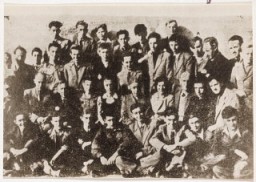
-
Liberation of Auschwitz: Child survivors
FilmSoviet military footage showing children who were liberated at Auschwitz by the Soviet army in January 1945.
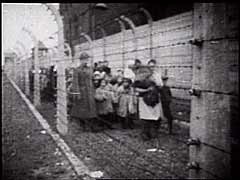
-
Truman proclaims victory in Europe
FilmWorld War II began with the German invasion of Poland in September 1939 and ended in Allied victory in Europe with the German surrender in May 1945. May 8 was proclaimed VE (Victory in Europe) Day. In this footage, United States president Harry S. Truman proclaims victory in Europe and promises to continue the war in the pacific until the unconditional surrender of Japan.
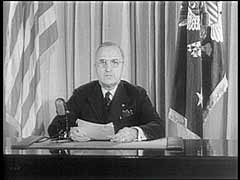
-
Jutta Szmirgeld
ArticleChildren's diaries bear witness to some of the most heartbreaking events of the Holocaust. Learn about the diary and experiences of Jutta Szmirgeld.
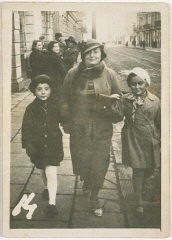
-
Death Marches
ArticleAs Allied forces approached Nazi camps in the last months of WWII, the SS organized brutal “death marches” (forced evacuations) of concentration camp inmates.

-
Tarnow
ArticleLearn about the prewar Jewish community of Tarnow, German occupation, deportations and killings of the Jewish population, ghettoization, and resistance.

-
Riga
ArticleGerman forces occupied Riga, Latvia in July 1941. Learn more about the establishment of the Riga ghetto, mass shootings of Jews, and Jewish resistance.

-
Life in the Ghettos
ArticleDuring the Holocaust, Jews were forced into ghettos with terrible living conditions, overcrowding, and starvation. Learn more about life in the Lodz ghetto.

-
Nuremberg Trials
ArticleTrials of top surviving German leaders for Nazi Germany’s crimes began in Nuremberg after World War II. Read about the Nuremberg trials.
